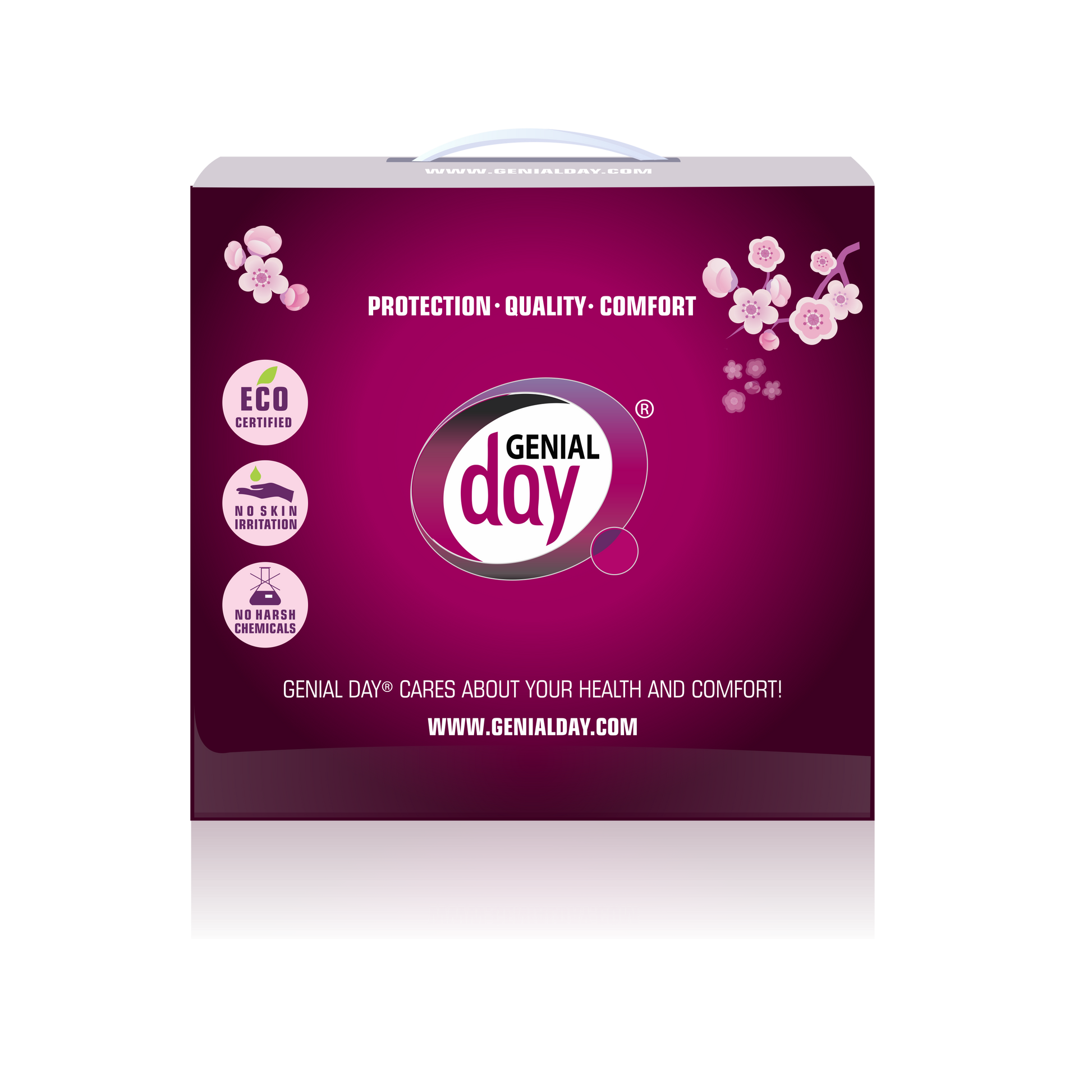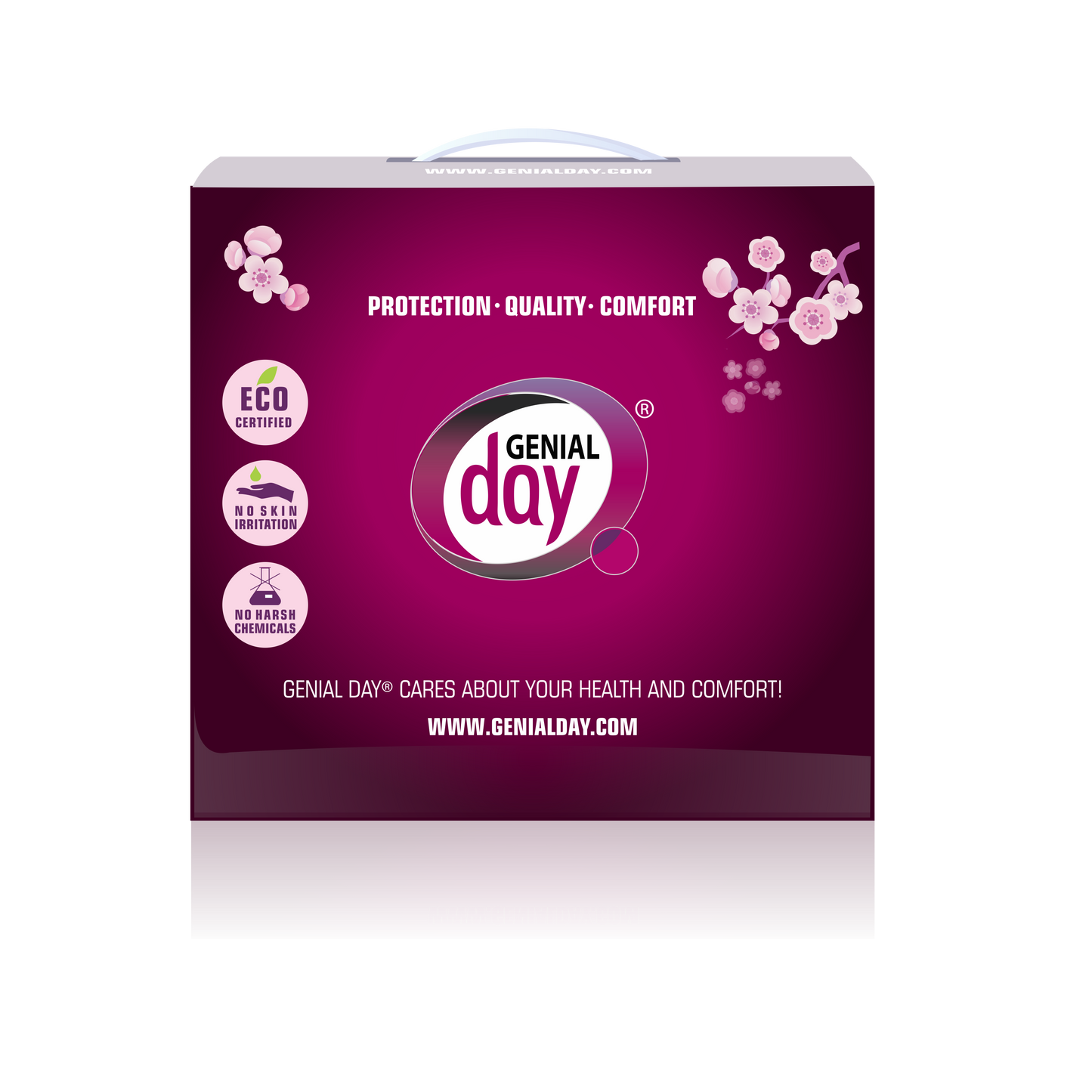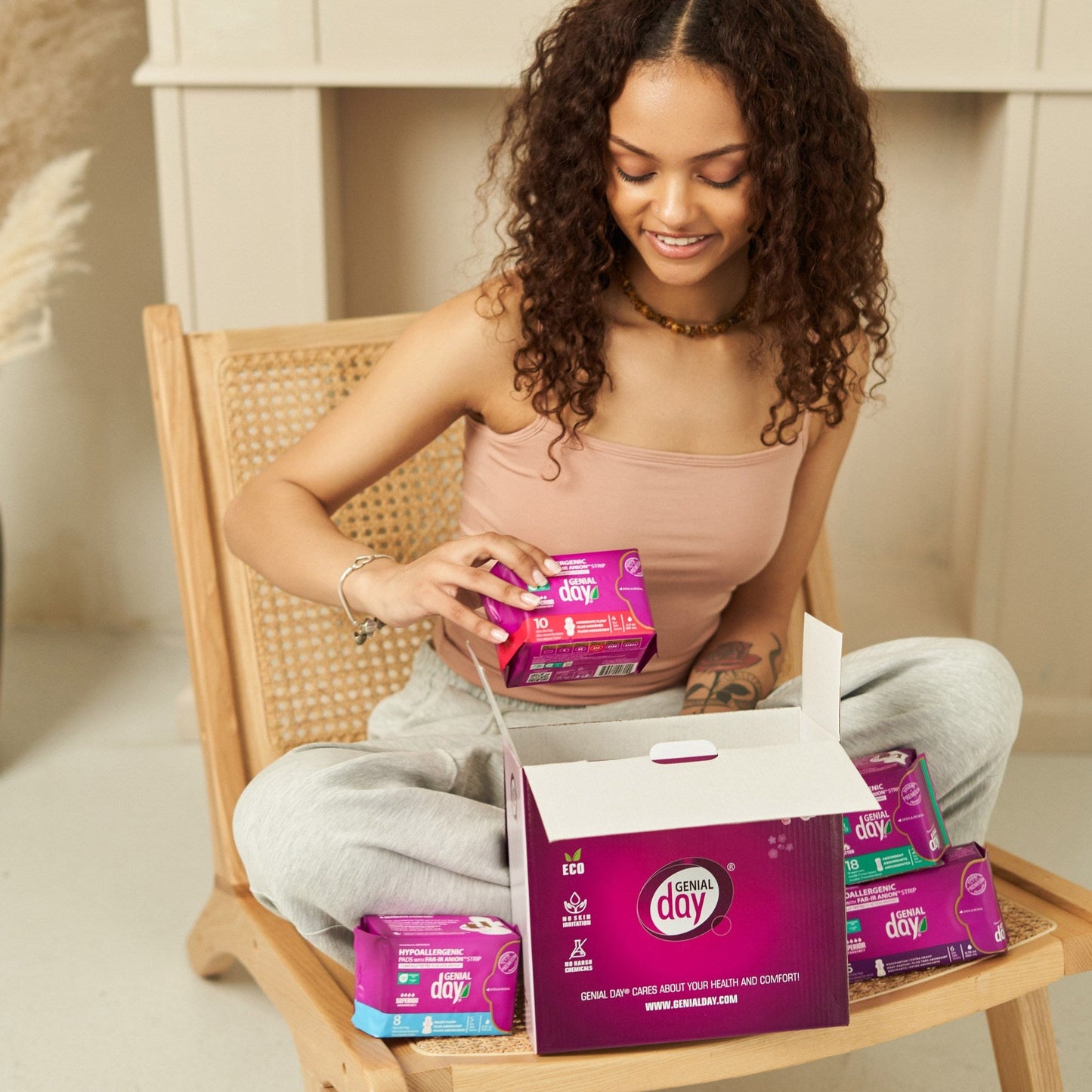Keeping your lady parts clean is a delicate process. The vagina is self-cleaning and self-regulating. But if you're like most women, you still wash down there.
A clean body requires soap, right? Correct. But not when it comes to your southern region!
In fact, antibacterial soaps kill natural bacteria. This offsets your pH levels and causes all sorts of issues, including feminine odor.
Want to feel squeaky clean without the risks? We've got you covered!
Keep reading for information about DIY feminine hygiene wash recipes.
Why Try a DIY Feminine Hygiene Wash?
Chances are you've seen the washes and sprays available in stores. But, many of these products contain ingredients that can cause further feminine issues.
Genial Day carries a few intimate area washes, but they're not available in the U.S. just yet. Trust us, you will be the first to know when they arrive!
The good news is that there are natural ingredients you can use to clean your vagina. These ingredients are safe for sensitive and delicate skin.
The best part? You've probably got these ingredients in your kitchen!
For each of these recipes, just mix the ingredients in a foaming soap dispenser and you're all set.
Read on for 2 recipes that you can try at home.
1. Witch Hazel and Rose Water
This feminine hygiene wash uses natural ingredients that will leave you feeling refreshed. The two main ingredients are witch hazel and rose water.
Witch hazel offers many benefits, including:
- High antioxidant content
- Reduce swelling
- Fight against harmful bacteria
- Repair broken or torn skin
- Relieves discomfort, itching, and burning
Rose water is perfect for moisturizing. Rose water will leave your skin feeling soft and clean.
Ingredients
To make this wash, you'll need:
- 1/2 cup witch hazel (alcohol-free)
- 1/2 cup rose water
- 3 tsp almond oil
- 1 tsp Castile soap
- 6 drops of essential oil (try lavender or chamomile)
- Foaming soap dispenser
2. Aloe Vera & Vinegar
The two active ingredients in this wash are aloe vera and vinegar.
Aloe vera is a natural emollient. It also battles against the growth of candida, which causes those pesky yeast infections. Vinegar is needed to restore the vagina's PH.
Ingredients
To make this wash, you'll need:
- 1/8 cup aloe vera
- 1/8 cup vinegar
- 1 cup Castile soap
- 1 tbsp extra virgin olive oil
- 6 drops of essential oil
- Foaming soap dispenser
Other Natural Cleansing Ingredients
Aside from the ingredients above, there are also other natural options to use in a DIY feminine hygiene wash.
Baking Soda
If you don't want to make a wash, you can soak in a tub with baking soda. Baking soda works to balance the pH level of your body.
Proper pH levels mean no bad smell!
Lemon Leaves
Lemon is a well-known ingredient in skin care. Lemon leaves can be used as part of your feminine wash. The leaves contain limonene, which is:
- Antimicrobial
- Antibiotic
- Anti-allergic
Lemon leaves will help maintain your pH levels. They will also keep you smelling clean.
Plain Yogurt
If you eat yogurt, you know that it is full of beneficial probiotics. Just as yogurt can improve the health of your stomach, it can also improve the health of your vagina.
Yogurt can be directly applied to the vagina. This ingredient is especially helpful if you're battling a yeast infection.
When using yogurt, homemade is best. Avoid yogurts with added sugar since sugar is just another trigger to worsen yeast infection.
Your Source for Feminine Hygiene Products
At Genial Day, we care about feminine hygiene. We know how stressful and tiring it can be. This is why we create all of our products with love and care.
Our goal is to make feminine hygiene safe, healthy, and all-natural. We offer all sorts of products, including sanitary pads with FAR-IR Anion strip, hypoallergenic menstrual cup made of TPE, period panties to protect you from leaks.
Embrace being a woman with quality hygiene products.




